About a month ago, I got a chance to tour a recycling plant. This Arlington County municipal recycling plant focuses on recycling yard waste. In the spring, Arlington County has curbside collection of yard waste in paper bags including invasive vines, leaves, dead plants, pine cones, etc. In the fall, Arlington County picks up leaves in paper bags from residents and also from curbside vacuum collection. All year long, Arlington County also picks up brush curbside. All of these waste streams are treated separately at the plant, and the plant also handles dirt and rock excavated during utility work.
The plant manager said he likes to think of the plant as a reutilization plant because something goes in, they process it, and then something goes out. Their operation is really quite impressive, especially when its 2.7 acres total yard size is considered. It is mainly this plant size that limits their ability to accept more waste for processing. Their biggest issue is dirt from pipe breaks etc. that is processed here. They reuse the processed dirt and rock for backfill, but if they can’t find a use for it, they have to dispose of it in a landfill.
The yard waste has to get to 140°F to kill any invasive weeds. Because the plant is located near a residential area, they do not accept food waste because of the odor it produces. They use lime on the yard waste solely for odor control. [Lime the inorganic material, which generally means calcium oxide (CaO) with some calcium hydroxide (Ca(OH)2) not lime the fruit.] With the leaf waste, they achieve a 66% volume reduction to the leaf mulch product. Leaf bag collection mulch is mixed with dirt for final product.
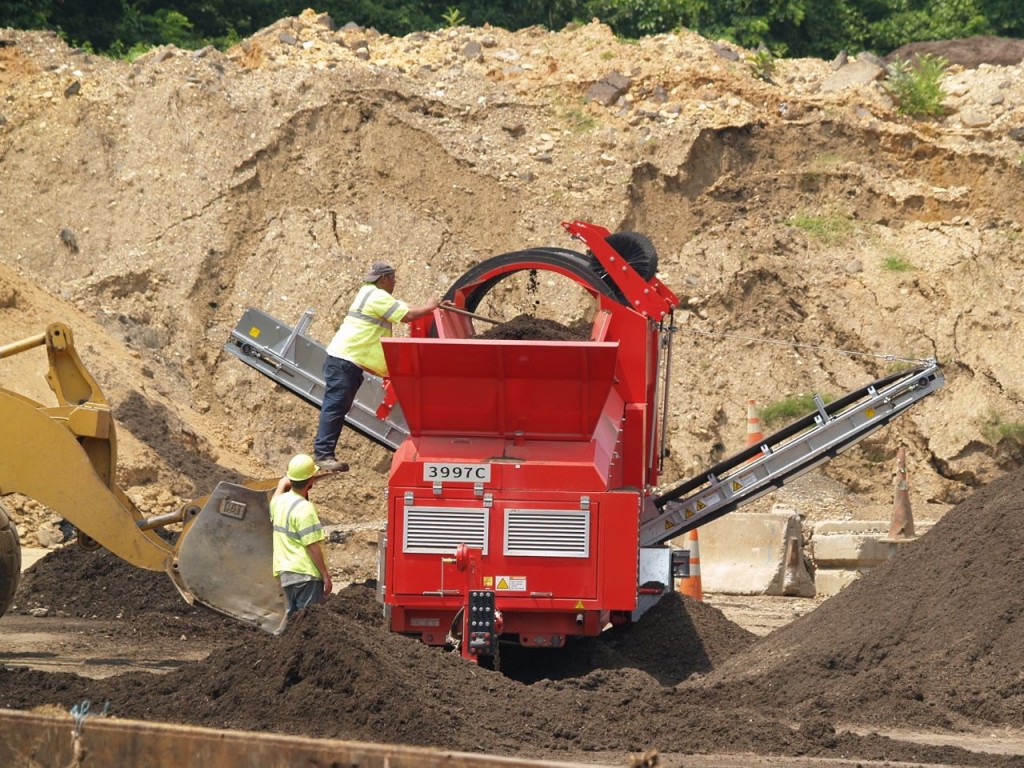
As is often the case, fixing a piece of equipment involves a guy standing on the bucket of a front loader using a pole to move things.


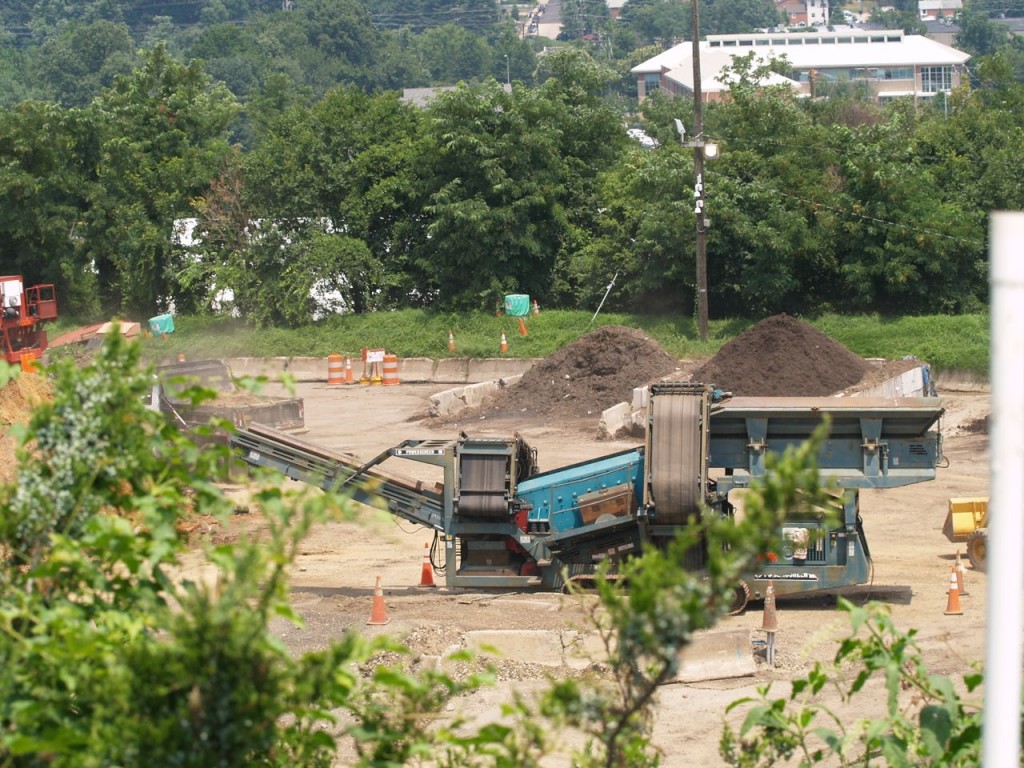

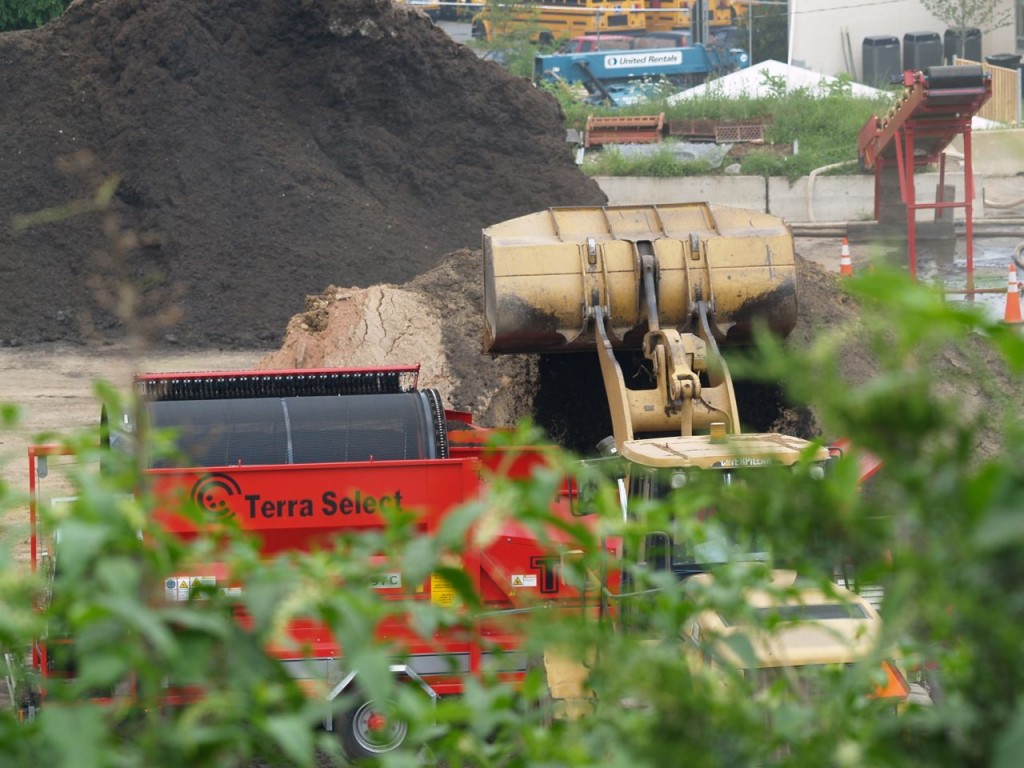
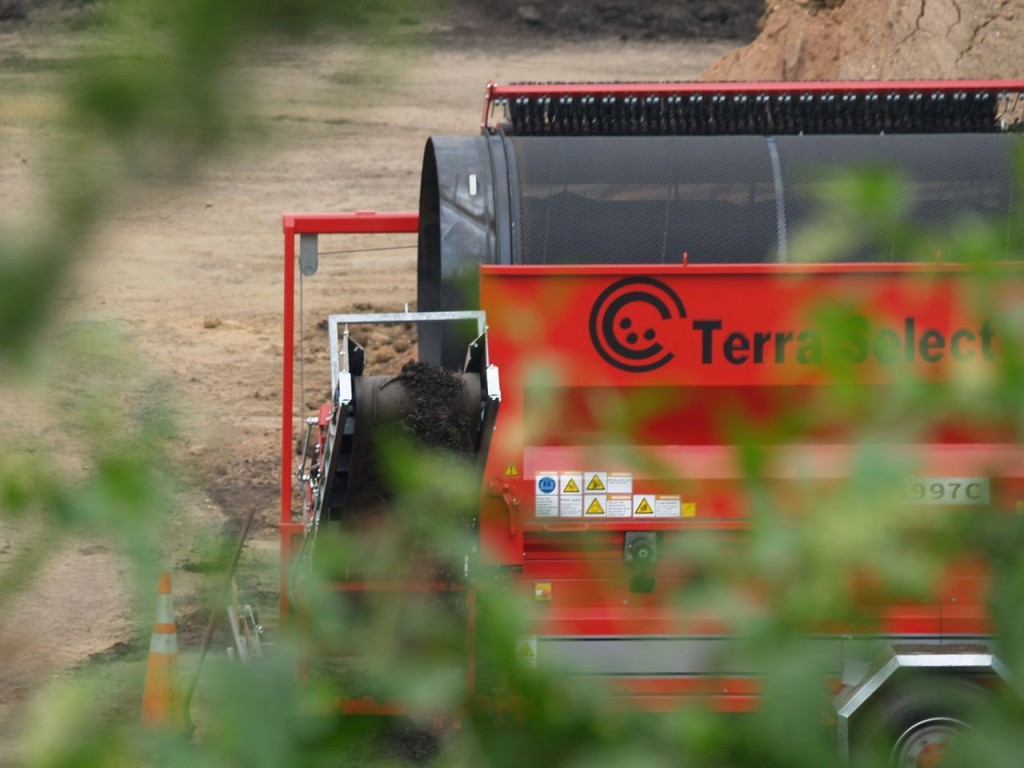
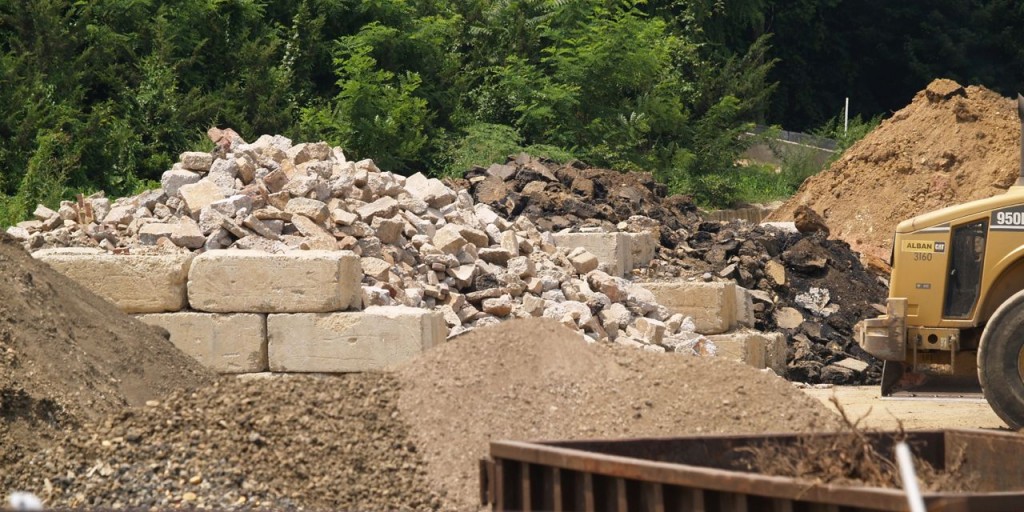
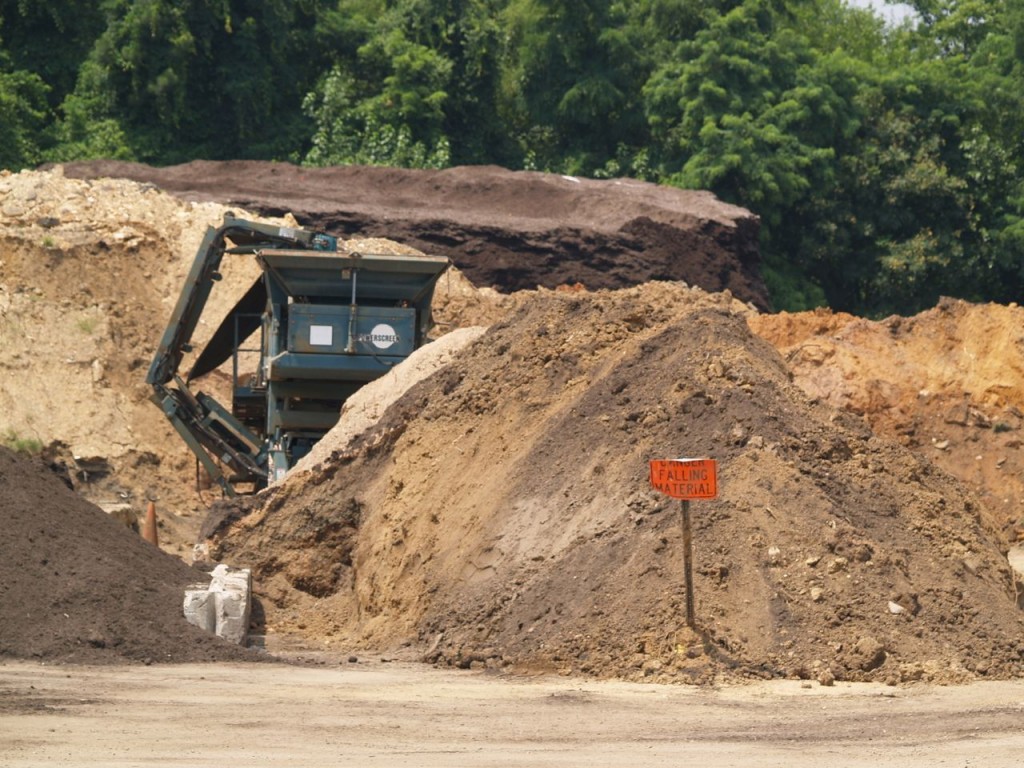
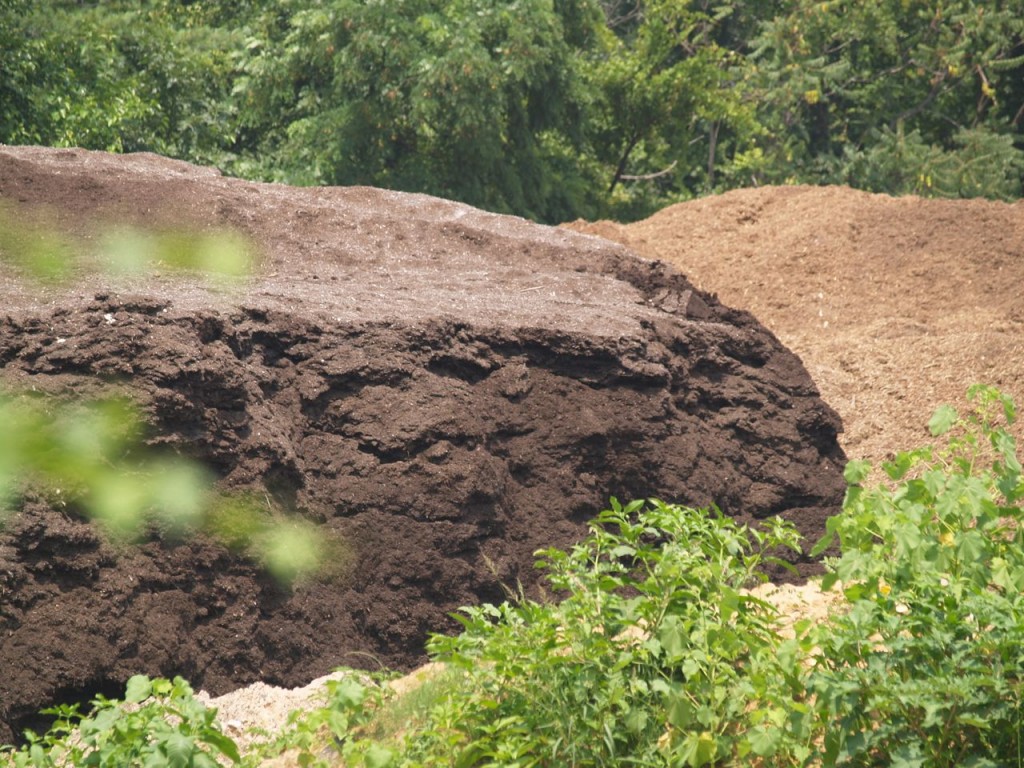
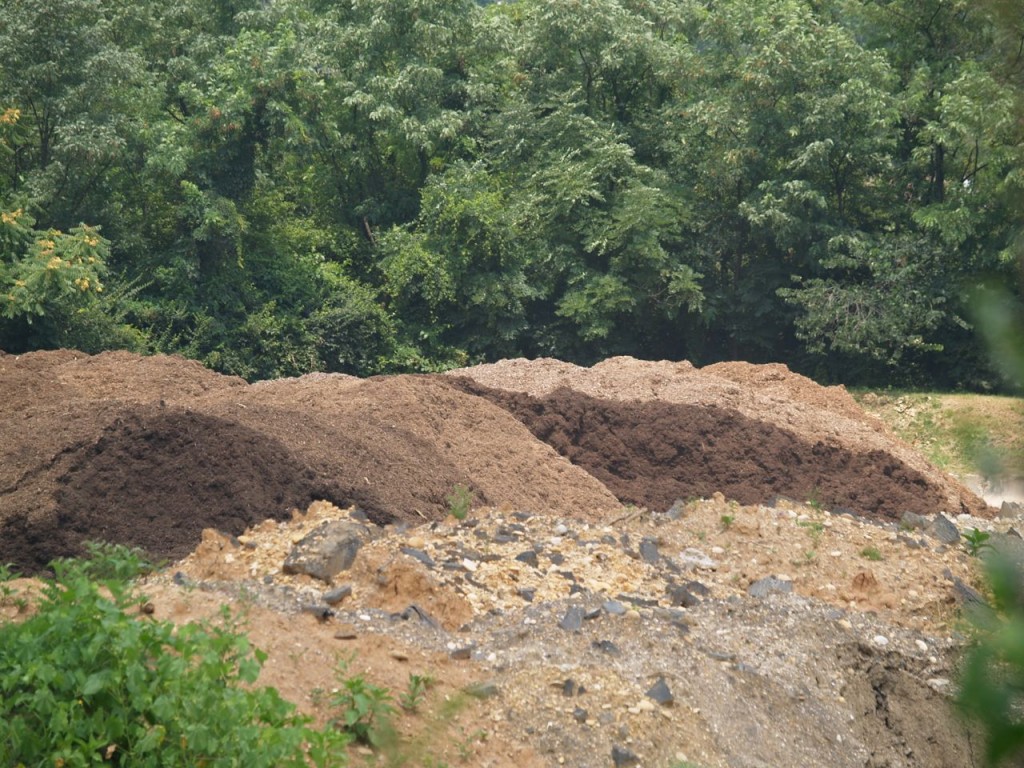
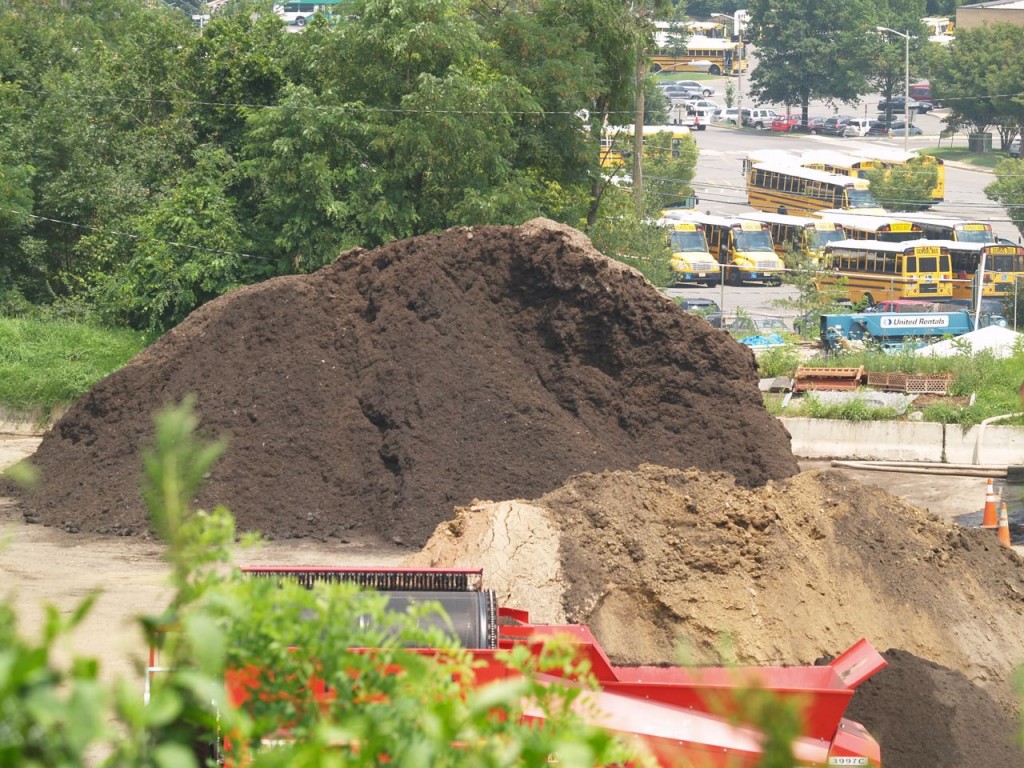
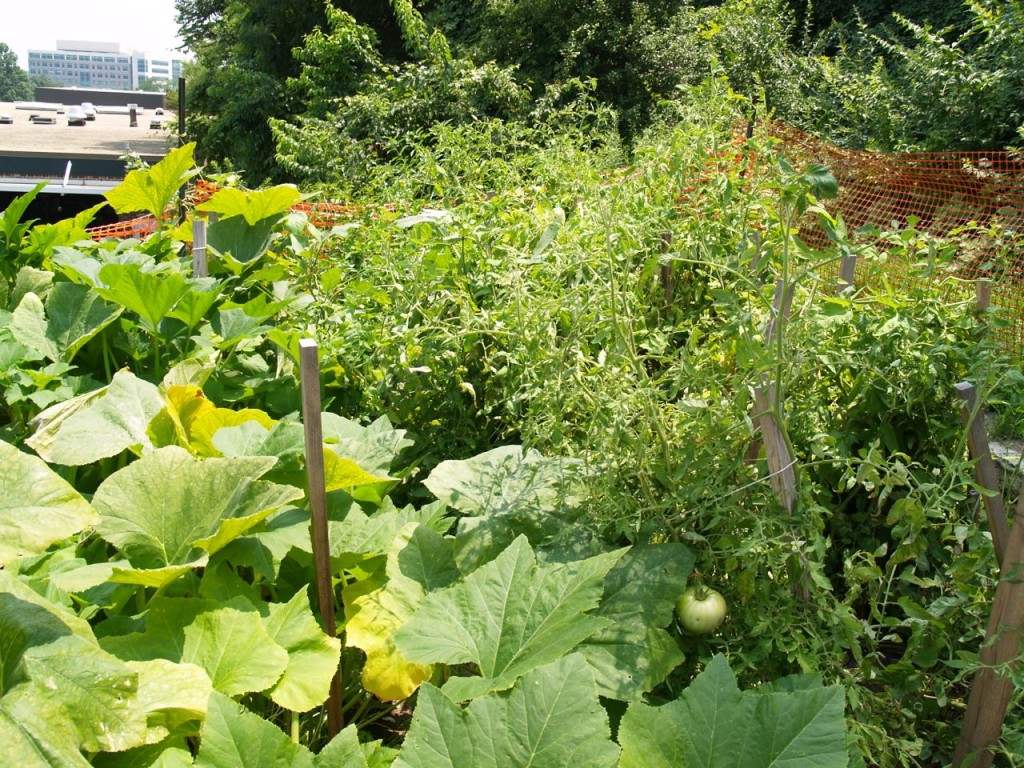
Hay, that is very interesting.
What’s the formula for calcium oxide, again?!
Ha! Thanks for catching that. I’m not sure why I put that subscript in there. Corrected now.